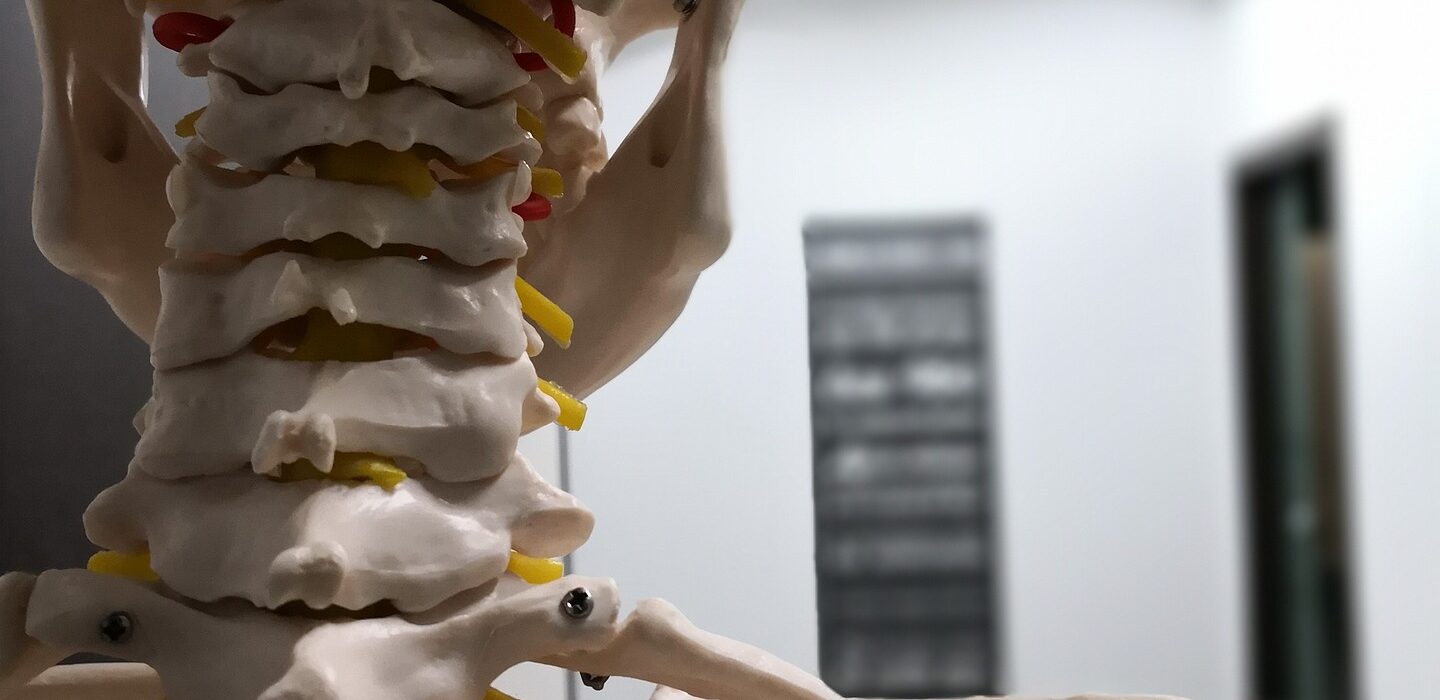A compendium of knowledge about osteopathy – what is it and why is it worth getting interested in? Diseases are, willy-nilly, a part of everyone’s life, and although they do not manifest themselves identically in everyone and appear at the same age, eventually everyone will struggle with some ailment. The problem arises when it cannot be diagnosed or treated by standard medicine.
Then you need to reach for an alternative – the best proven one, based on solid knowledge and practice. It can be osteopathy, training in which an increasing number of doctors and physiotherapists are currently undergoing training. Why should we be interested in it and what do we need to know about it before actually reaching for it? We will provide answers to these and many other questions in our article.
- http://www.d3k.net.pl/komfortowa-i-elegancka-posciel-hotelowa/
- https://www.bahco.pl/kto-moze-projektowac-konstrukcje/
- https://www.arenka.pl/ile-kosztuje-budowa-domu-drewnianego/
What is osteopathy?
Osteopathy can be defined as a form of treatment and diagnosis of various diseases (some of them are discussed later in the article) with manual methods – with the help of the hand. It is a branch of physiotherapy with which it shares the approach to therapy – however, the differences should be seen in the approach to the patient and this therapy. Osteopathy assumes that the human body has self-healing properties and is able to cope with any ailment on its own. Just push it in the right direction and stimulate the whole process.
Many of the significant elements in its course are closed within the framework of the approach – the person (patient) should be convinced of the rightness of the therapy and that he is able to recover. It is this approach that is the basis on which this entire industry is built.
Osteopathy, training in which can last for weeks, despite the wide range of activities, is not a recipe for everything and is not always very effective. So let’s not treat it as a miracle, but rather as something that can really help. Mentally and physically.
- drukarnia-24.com.pl/oferta/koszulki-i-czapki-z-nadrukiem/
- biuro-rachunkowe24.com
- transkrypcje.warszawa.pl
Diseases diagnosed and treated by osteopathy
Although osteopathy, which is being trained more and more often, is a very versatile field that is not afraid of challenges, it is also not infallible, and in many cases it may simply not work – even if it is treated by patients as a last resort when standard medicine is powerless. It copes well with such diseases and ailments as:
- posture defects – discopathies, kyphosis, lordosis or scoliosis,
- sinusitis,
- migraine,
- anxiety and depression,
- dizziness;
- diseases of the digestive, circulatory and respiratory systems,
- back problems.
However, the list of diseases covered by osteopathy is not limited to those mentioned above. It is also worth going to a specialist with non-standard and unconventional ailments, without getting hopeful, but only looking for professional advice from an osteopath.
Osteopathic therapy – step by step
The basis of osteopathic therapy is a correct diagnosis. The first visit to an osteopath is therefore similar to a visit to a physiotherapist – during it, the most detailed interview is conducted, aimed at assessing the cause of ailments and diseases and determining further diagnostic actions or immediately choosing the right direction of therapy.
It often turns out that the osteopath is forced to perform additional tests – he can use, for example, X-ray or magnetic resonance imaging, which are invaluable in diagnosing.
Once the diagnosis is made, the patient is presented with a treatment plan, taking into account not only manual therapy, but also the patient’s work outside the specialist office, assuming a change in diet and lifestyle, which are often accused of being the basis of various diseases.
Who is an osteopath and what knowledge does he have?
When it comes to the constantly evolving industry of osteopathy, the training related to it and required to take up the profession of osteopath can only be completed by doctors and masters of physiotherapy. In itself, this field requires enormous knowledge in the field of pathology of the locomotor system, muscles, joints and – in general – human anatomy. In addition to the knowledge resulting from medical or physiotherapeutic studies, it requires mastering improved manual techniques and knowledge in the field of their use – all this is acquired by specialists during the training.
An osteopath is not a miracle worker, but only a physiotherapist or doctor with his own philosophy, unusual and unconventional approach and attitude that even forces us to be healthy.
Summary
Nowadays, when traditional medicine is unable to cope with the diagnosis of many unusual diseases and ailments, it seems crucial to reach for its alternatives, in particular those showing great effectiveness, supported by the opinions of satisfied patients.
Osteopathy, where trainings are organized more and more often, is one of these alternatives. As each therapy is approached individually, but also safely and non-invasively, it is worth reaching for it. Regardless of what our ailment is about, an osteopath will give the right direction for treatment – whether by undertaking therapy or advising where it can be done.








